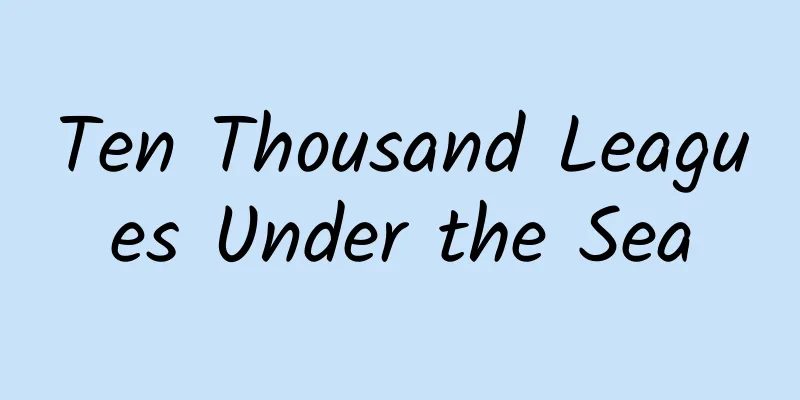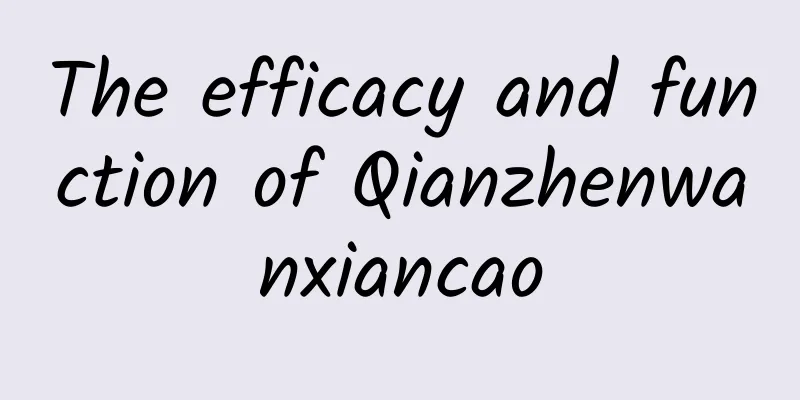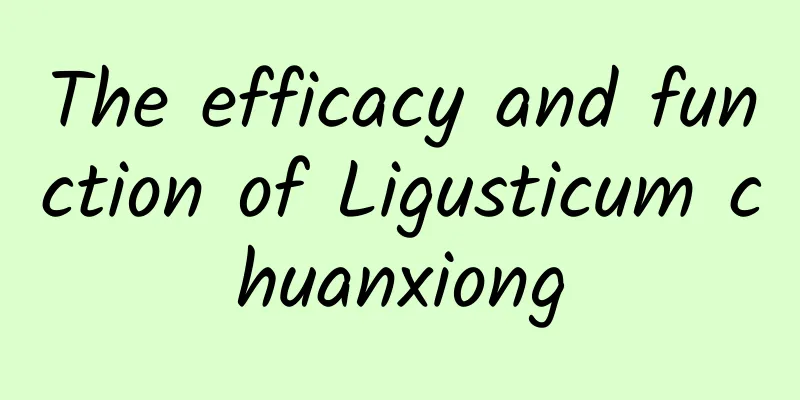Is Astragalus effective in treating high blood pressure?

|
Many of our friends have varying degrees of high blood pressure. Most hypertensive patients take oral medications for a long time to control the condition. Some patients may even experience discomfort in other organs of the body due to long-term medication. Usually, some Chinese herbal medicines can also help lower blood pressure. Let us now learn about some of the effects of Astragalus in lowering blood pressure. Astragalus, also known as Daimian, Qicao, Baimu and Huangqi. According to the Compendium of Materia Medica, Astragalus is sweet and warm in nature. It enters the spleen and lung meridians and has the functions of tonifying Qi and strengthening the exterior, tonifying Qi and nourishing blood, tonifying Qi and nourishing internal organs, tonifying Qi and lifting, tonifying the middle and promoting diuresis, and promoting tissue regeneration and detoxification. Modern pharmacology experts have discovered a new pharmacological effect of using Astragalus to treat hypertension, which is effective and non-toxic and has no side effects. Astragalus is most suitable for treating hypertension in patients with Qi, Yin and Blood Deficiency type of hypertension. Such patients have weak pulse, shortness of breath and fatigue, dizziness, stiff neck, sore waist and knees, hot hands and feet, dry eyes and tinnitus, and are plump, with high diastolic blood pressure that does not decrease and many other symptoms. In clinical application, a Qi-replenishing and Yin-nourishing soup is often used, taking 30 grams each of Astragalus and oyster, 25 grams each of Ligustrum lucidum and Viscum album, 10 grams of Achyranthes bidentata, 5 grams of Alisma orientalis, and 20 grams of Uncaria rhynchophylla. The effect of addition and subtraction is significant. The effect is more significant especially for patients whose systolic blood pressure is controlled within normal values after taking various western medicines orally, but whose diastolic blood pressure remains above 13.3 kPa (100 mmHg) and does not drop. Chinese medicine experts have discovered in their research that astragalus has a bidirectional regulatory pharmacological effect. When used in small clinical doses, it can increase blood pressure, while when used in large doses, it can lower blood pressure. Therefore, when treating hypertension, the dosage of Astragalus must be more than 30 grams, and the dosage can be appropriately increased for patients with qi deficiency and blood stasis. For hypertension caused by deficiency of both Qi and Yin, Astragalus is used together with Yin-nourishing and kidney-tonifying drugs, and the dosage of Astragalus is greater than that of Yin-nourishing drugs. For patients with hypertension and coronary heart disease, if Astragalus is used together with blood-activating and blood-stasis-removing drugs, the dosage of Astragalus must be twice that of the blood-activating and blood-stasis-removing drugs. For patients with hypertension and neck pain, Astragalus should be used together with Pueraria lobata, and the dosage of Astragalus to Pueraria lobata is 2:1. For patients with hypertension and nephritic edema, choose Astragalus and Stephania tetrandra together. People with both hypertension and diabetes should choose astragalus and yam together. This combination of medicines can treat both the symptoms and the root cause and improve the efficacy. According to traditional Chinese medicine, astragalus has different effects depending on how it is prepared. Raw astragalus goes to the surface and regenerates muscles, while roasted astragalus nourishes internal organs. People with high fever due to real heat should avoid using it to avoid losing more than the gain and delaying the disease. For patients with hypertension, it is usually best to choose some drugs with relatively small side effects for effective regulation. Many foods can play a certain role in controlling blood pressure. Patients with hypertension can eat more celery. The most important thing is to maintain a positive and optimistic attitude and try not to be too impatient. |
<<: What are the benefits of Ginkgo biloba?
>>: Medicinal effects of Chinese herbal medicine Bupleurum
Recommend
The efficacy and function of Epiphyllum
The world is full of wonders, and Chinese medicin...
The efficacy and function of bovine placenta
Cow placenta is a kind of traditional Chinese med...
Giving Up Syndrome and Beyond: The Weird Case of Mind-Body Problems
Leviathan Press: I was chatting with my mother a ...
The efficacy and function of water yellow flower
When it comes to water lily, we are all familiar ...
The refrigerator is cold at the bottom and hot at the top? Many people misunderstand it
Have you ever noticed that food in different area...
Blizzard, frost, fog, strong wind, four warnings are issued at the same time! Please pay attention to health and safety during the Spring Festival travel
Since 2009 The heaviest rain, snow and freezing w...
What are the medicinal values of Pu Gong Ying?
Dandelion is a plant that we often see on the roa...
The efficacy and function of sesame flower
Many people are not very clear about the effects ...
To be honest, the kitchen tools commonly used during the Chinese New Year may be dirtier than the toilet!
Where do you think your home is most likely to br...
What are the functions and effects of processed Shouwu
Prepared Polygonum multiflorum is a traditional C...
What to add to chicken bone grass soup
As we all know, chicken bone grass is a tradition...
The efficacy and function of golden burdock tea
It is detailed in the book: Burdock is warm in na...
Can I eat fish while taking Chinese medicine?
Traditional Chinese medicine is an important medi...
The efficacy and function of processed Yuanhu
When it comes to the plant Yuanhu, the first thin...
In ancient times when technology was not well developed, how did silver bills prevent counterfeiting?
As we all know, although the silver note is just ...









